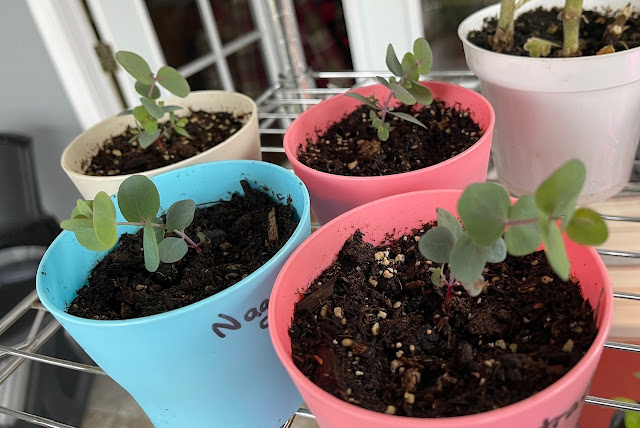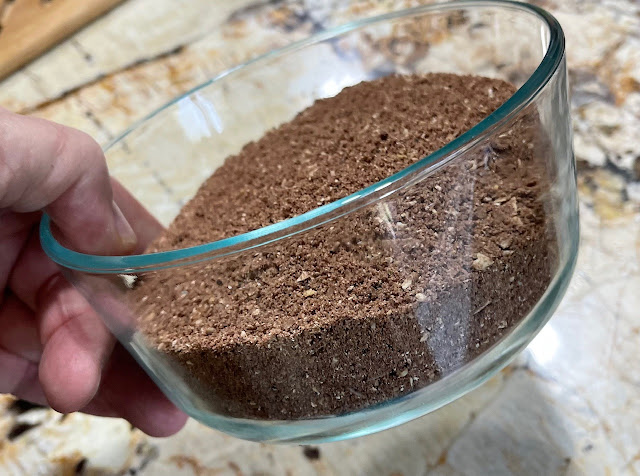Im putting together a quilt kit for a repeat of this quilt. The original pattern and instructions were by Lynne Goldsworthy in a supplement of Today's Quilter Magazine a few years ago. Mine strayed quite bit from the published instructions, and so will this one will even more. Lynne called this quilt "Pythagorus Theorem" because of the triangle calculations.
One challenge is that the instructions make use of fat quarters and newly bought fabric. I am using what I have. Some is new, some is yardage, some scraps, some left over from jelly roll sets.
This instructions called for 72 diamonds, 2 1/2 inches wide. I added more, so now it's 88 (I think). Coincidentally, the first quilt book that I bought, years ago, had a diamond template exactly that size. That made it go quickly. Also, jelly roll fabric is 2 1/2 inches wide.
Jelly Roll Strip With Diamond Template. Perfect size!
This pattern calls for 288 half square triangles. I'm not certain if the exact size is in the instructions. They are 2 1/2 inches square when trimmed. I looked several times. But there is a lot of text, so who knows? Probably there. The instruction calls for starting with larger pieces than I have, but I can adapt.
One way I can stream line a bit is to start with two six (6) inch squares. Lay facing each other, draw lines corner to corner. Then sew 1/4 inch both sides of each line. Small template is 2.5 inches which is what I want in the end Here I should have put the line on the seam instead of the line. These are scrap fabric. It took me several tries to figure this out.
Then, cut so there are four three-inch squares, then cut on the lines to make eight triangles.
Open up, press seams open, and there are 8 half-square triangles. They need a slight trimming, but not much. It's less sewing, cutting, measuring, than individual half square triangles. I misaligned some but these are scrap anyway.
I have a lot of 2 1/2 inch strips that will become half square triangles too. Those need individual measuring, cutting, and sewing.
Especially for triangles and stars - which is this entire quilt - a lot happens on the bias. Which means things can be more stretchy, distort easily, be uneven, and not match up. Starching stiffens the fabric and stabilizes it. I use starch concentrate. It's cheaper and soaks into the fabric thoroughly, giving a nice stiffness. I use the dilution for medium or medium-heavy. I soak the fabric in the starch solution, then lay it out and press down to remove excess liquid. I don't wring or squeeze.
Casserole pans work nicely. Then I lay it out on towels to dry in a warm place. It takes about a day. I steam iron to flatten the fabric. I'm not pre-washing, That doesn't work for strips. They unravel. Plus, I want the final quilt to shrink a little when finally washed, for a textured, crinkly, sort of antique-y look.














